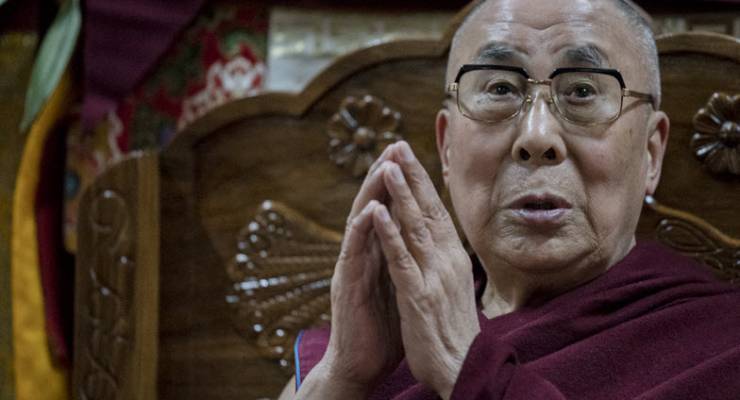
China’s regional assertiveness has entered a new phase, with the Dalai Lama provoking China in its long-disputed border region with India. China has warned India “not to complicate issues” by allowing the Dalai Lama to use a visit to a border area to promote Tibetan separatism.
Tibet has long been a sensitive issue for China, following China’s effective annexation of the autonomous region in 1959. China has strongly encouraged migration of eastern Chinese to the region to alter the territory’s ethnic balance.
A Tibetan government in exile has its base in Dharamsala, the capital of Himachal Pradesh, bordering western Nepal. India has supported the Tibetan government in exile.
However, the Dalai Lama’s visit to Tawang in Arunachal Pradesh, near Bhutan and bordering Tibetan China, has raised tensions between China and India. Arunchal Pradesh is widely considered to be part of the Tibetan cultural sphere and originally part of the independent state of Tibet.
The Buddhist Tawang Monastery is the second largest, after the Potala Palace in Lhasa, Tibet, and was founded at the behest of the fifth Dalai Lama and was the birth place of the sixth Dalai Lama. Seeking to control Tawang, Arunchal Pradesh was occupied by the colonial British but its incorporation into British India, formalized in 1914, was rejected by the then independent Tibetan and the Chinese governments.
Long an area of contention, India and China fought a war over Arunchal Pradesh in 1962. Chinese forces occupied the area, but withdrew to the 1914 “McMahon Line“, although closing the border to barter trade, have since respected Indian sovereignty.
As with Pakistan and India, however, the land borders between India and China are ambiguous and have been areas of political and occasionally military contention. The current (14th) Dalai Lama’s visit to this sensitive region is viewed by the Tibetan government in exile as part of Tibet, and is, therefore, viewed by China as a direct provocation over its direct control of Tibet.
China had hoped to move towards resolution of the Tibet issue by having the next Dalai Lama born in Tibet and therefore being under Chinese administrative control. The Chinese government had manipulated the other key Tibetan Buddhist position, that of the Panchen Lama, who was kidnapped as a boy just days after being announced by the current Dalai Lama’s predecessor.
The Chinese government installed another boy, Gyaincain Norbu, in his place. Norbu is viewed by Tibetan Buddhists as a fake and has not been seen in public since 1995.
With China claiming that the next Dalai Lama should be born within Chinese-controlled Tibetan territory, the 81-year-old Dalai Lama is now saying that he may not have a successor, thus ending the four-and-a-half-century-old religious dynasty.
As the spiritual head of most Tibetans, the Dalai Lama’s visit to Tawang, and his proposal that he not be succeeded, pushes the Tibetan issue more firmly out of the spiritual and into the political sphere.
Having flexed its strategic muscles in the South China Sea, China is little disposed to challenges to its growing assertions of regional authority. While it is unlikely to re-ignite the Arunchal Pradesh border dispute, China is likely to tighten its grip over Tibet, and to further restrict any hint of Tibetan dissent to its complete regional rule.
*Professor Damien Kingsbury is Deakin University’s professor of international politics.








Crikey is committed to hosting lively discussions. Help us keep the conversation useful, interesting and welcoming. We aim to publish comments quickly in the interest of promoting robust conversation, but we’re a small team and we deploy filters to protect against legal risk. Occasionally your comment may be held up while we review, but we’re working as fast as we can to keep the conversation rolling.
The Crikey comment section is members-only content. Please subscribe to leave a comment.
The Crikey comment section is members-only content. Please login to leave a comment.